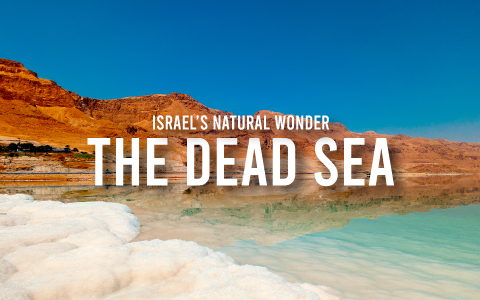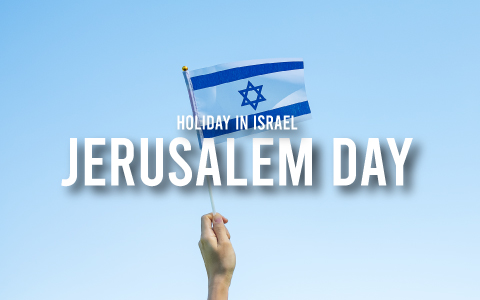
Discovering Tel Aviv in winter
It’s easy to think about Tel Aviv as a destination only for summer holidays. However, winter is quite mild in the region and the city can be interesting to visit all year round.
Just remember that December, January and February are the coldest months of the year and it may rain more often than usual. So, you need to pack some clothes that can protect you from the chill breeze and the wet air.
Even if Tel Aviv isn’t a big city it’s considered the economic and technological center of Israel. That’s why it’s a lively town full of thing to do and places to see.
Here are some tips.
Tel Aviv promenade
The city is located on the Israeli Mediterranean coastline and the promenade is where people can enjoy the view on the sea both in summer and winter.
Of course, during summer the promenade is the access to the beaches and it is packed with people running, doing sports, walking to relax or to reach one of the many restaurants and cafes.
Since the promenade faces the West, it’s a great spot to watch the sunset.
Jaffa
The old town of Jaffa is one of the most fascinating part of Tel Aviv. This is due to the historical charm that survived the evolution of the surroundings.
The main attractions of Jaffa are the remains of the ancient acropolis, St. Peter’s Monastery, the old Arab port and the original bazaar area that now is home to restaurants and artisan workshops.
Jaffa is quite tranquil compared to the center of the Tel Aviv. It’s perfect for an easy-going stroll.
Neve Tzedek Quarter
Despite being Tel Aviv’s oldest neighborhood, Neve Tzedek Quarter isn’t boring at all.
This area was first populated by Jewish coming from Europe since the 1880s.
Many of the old building are still well preserved or have been restored and now host art galleries, boutiques, cafés, and restaurants.
One place the mixes well the ancient architecture with the new spirit of Neve Tzedek is the recently renewed complex of the old Ottoman railway station HaTachana.
The White City of Tel Aviv
‘White City’ is not a specific area of Tel Aviv. The name refers to the white colors of the buildings that form this unusual UNESCO site (2003).
In Tel Aviv there are more than 4,000 buildings built in a unique form of the International Style/Bauhaus Style.
These buildings were built from the 1930s by Jewish architects from Germany and other Central and East European countries. However, Israel has a completely different climate compared to that of those countries. So, the original Bauhaus style had to be adapted.
The buildings in Tel Aviv were painted white to reflect the heat of the sun and the large European windows were replace with smaller ones. That’s why the Bauhaus style of the city is so unique.
Amazingly, Tel Aviv is now the city with the largest number of Bauhaus/International Style buildings in the world.



